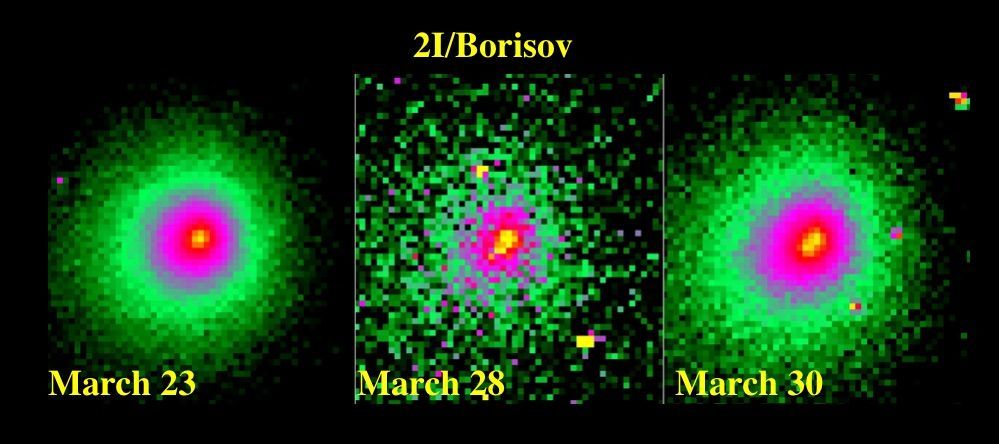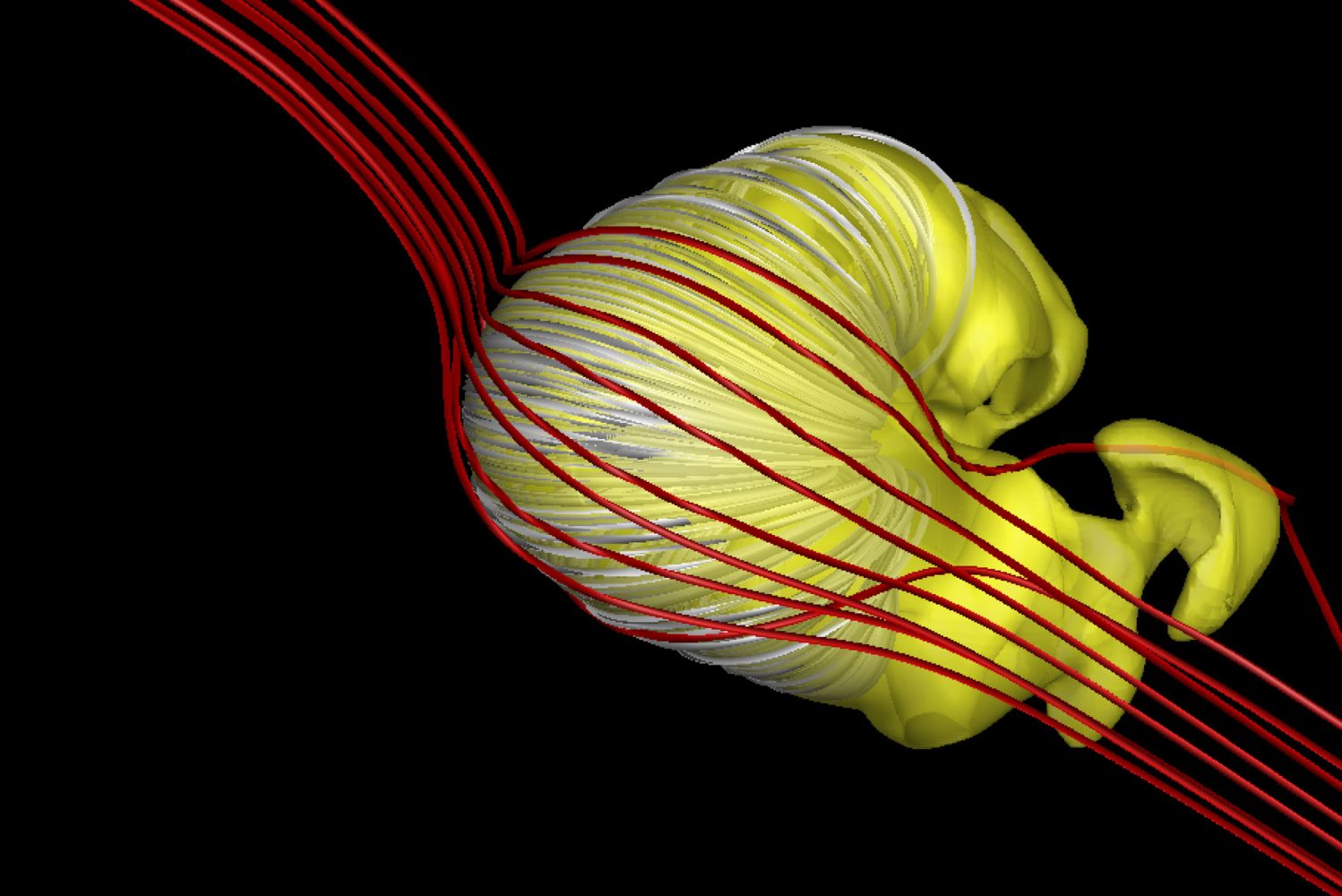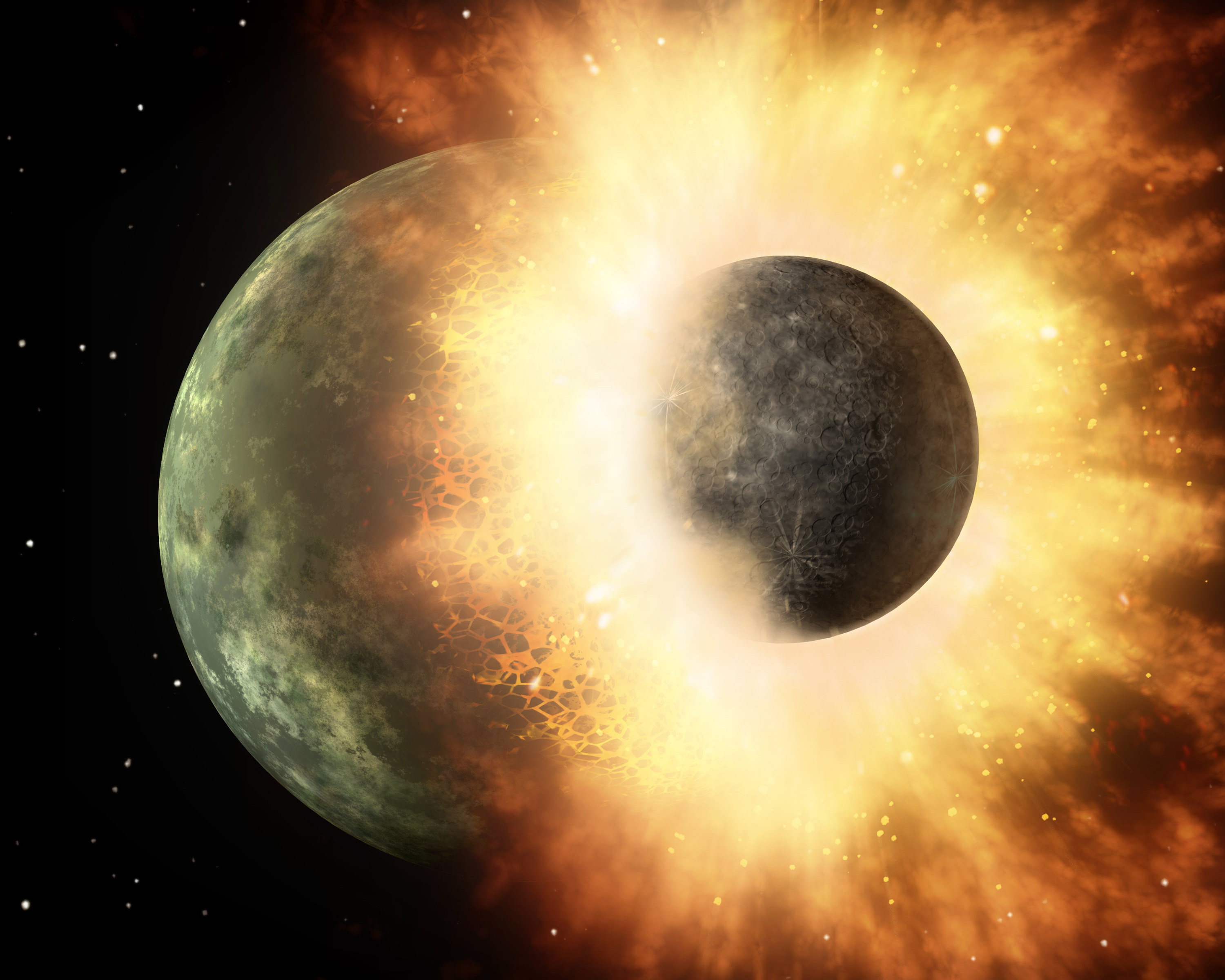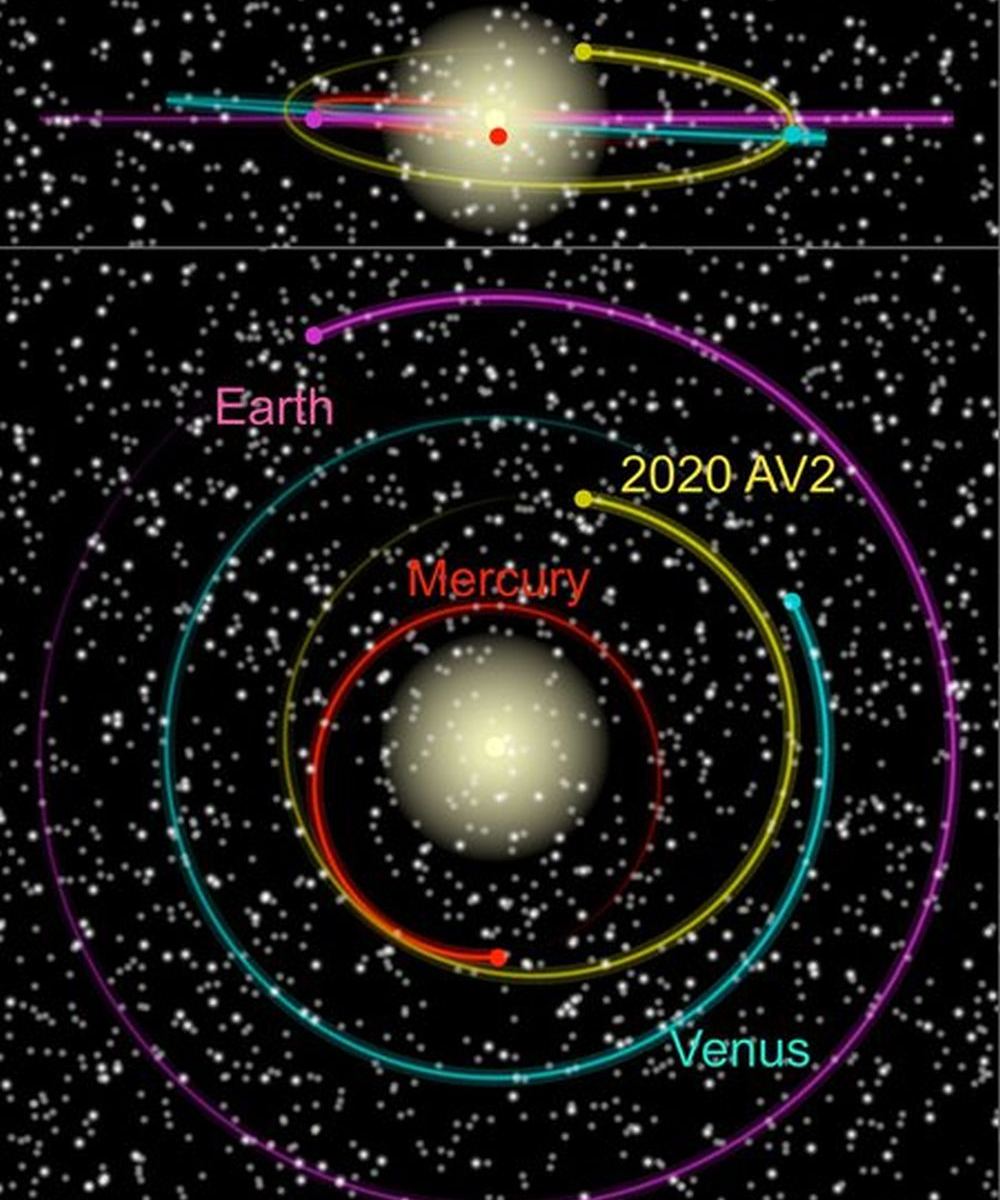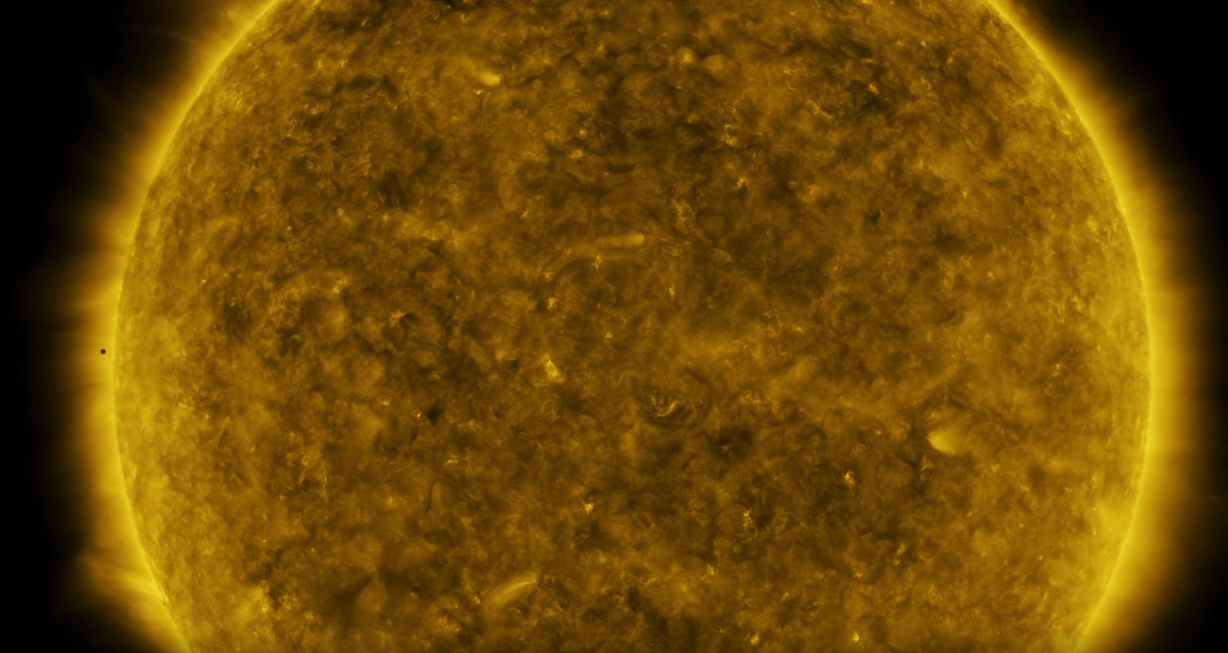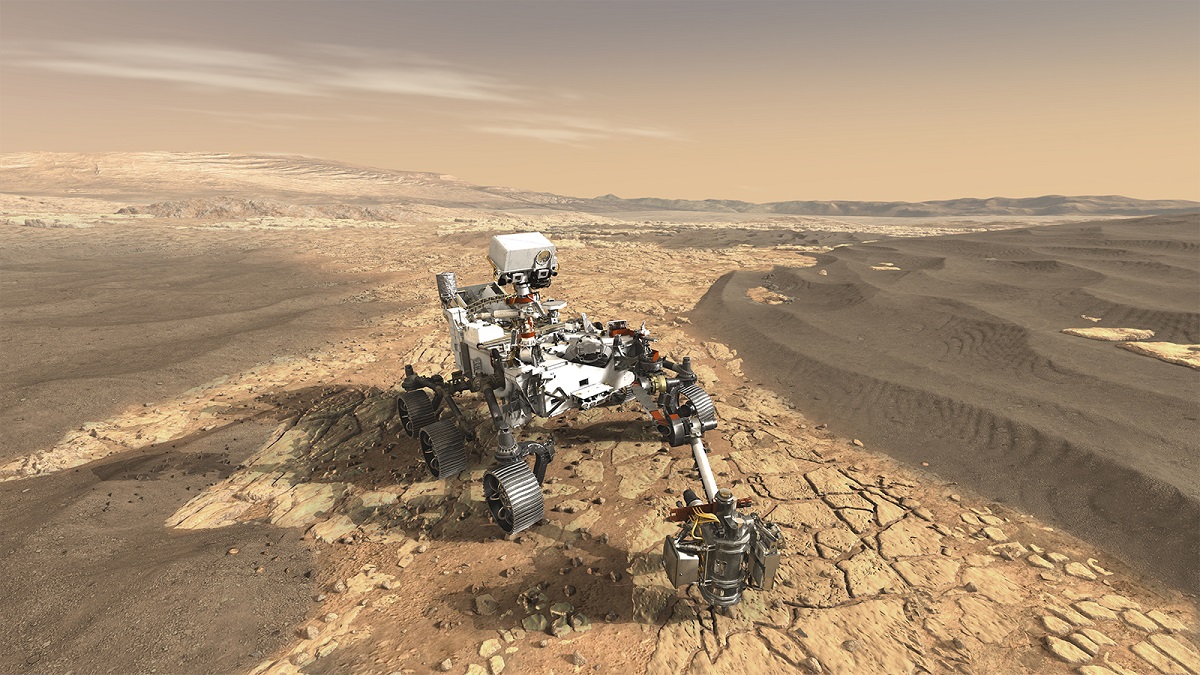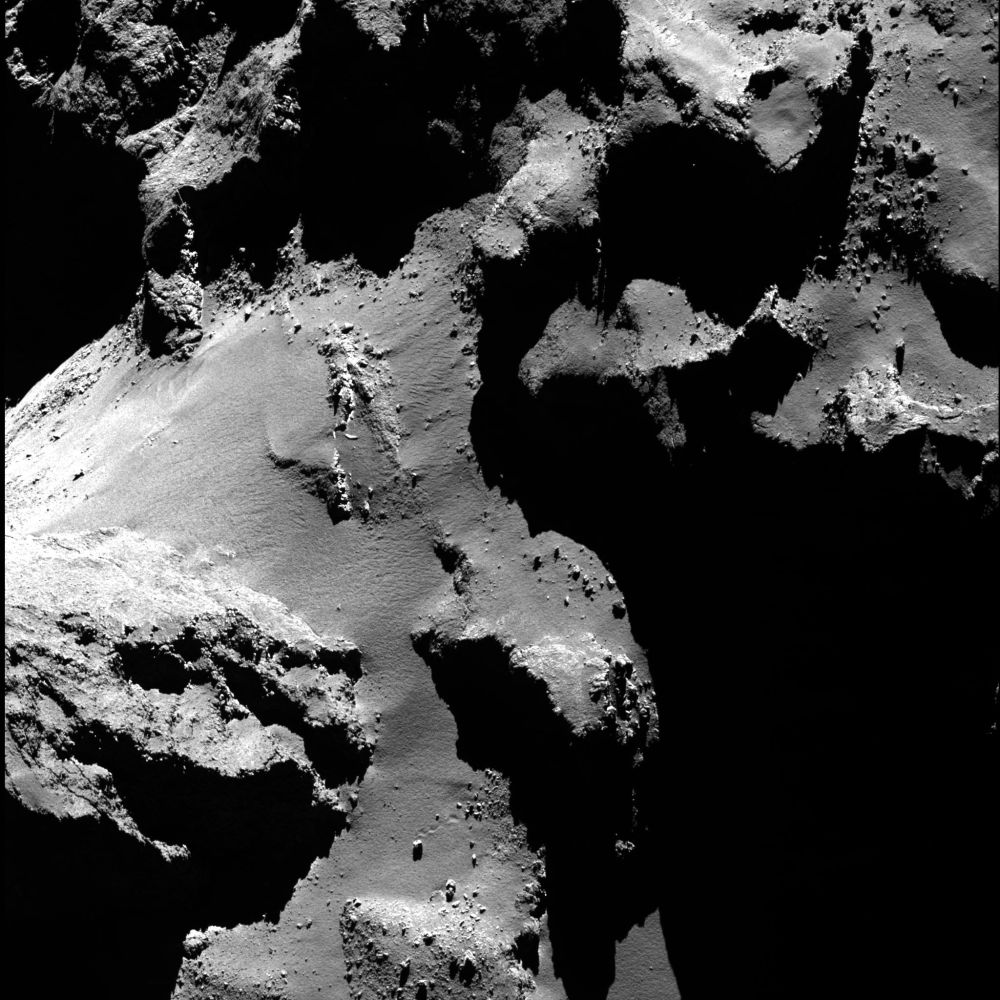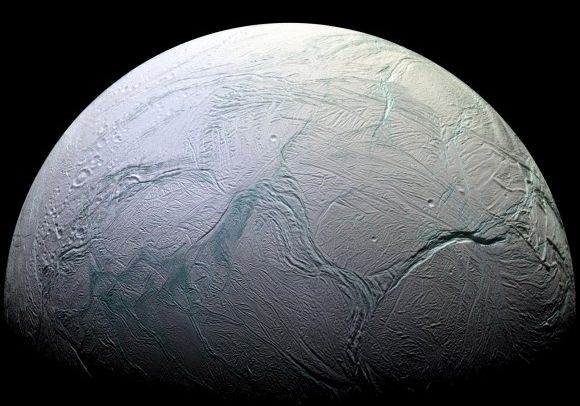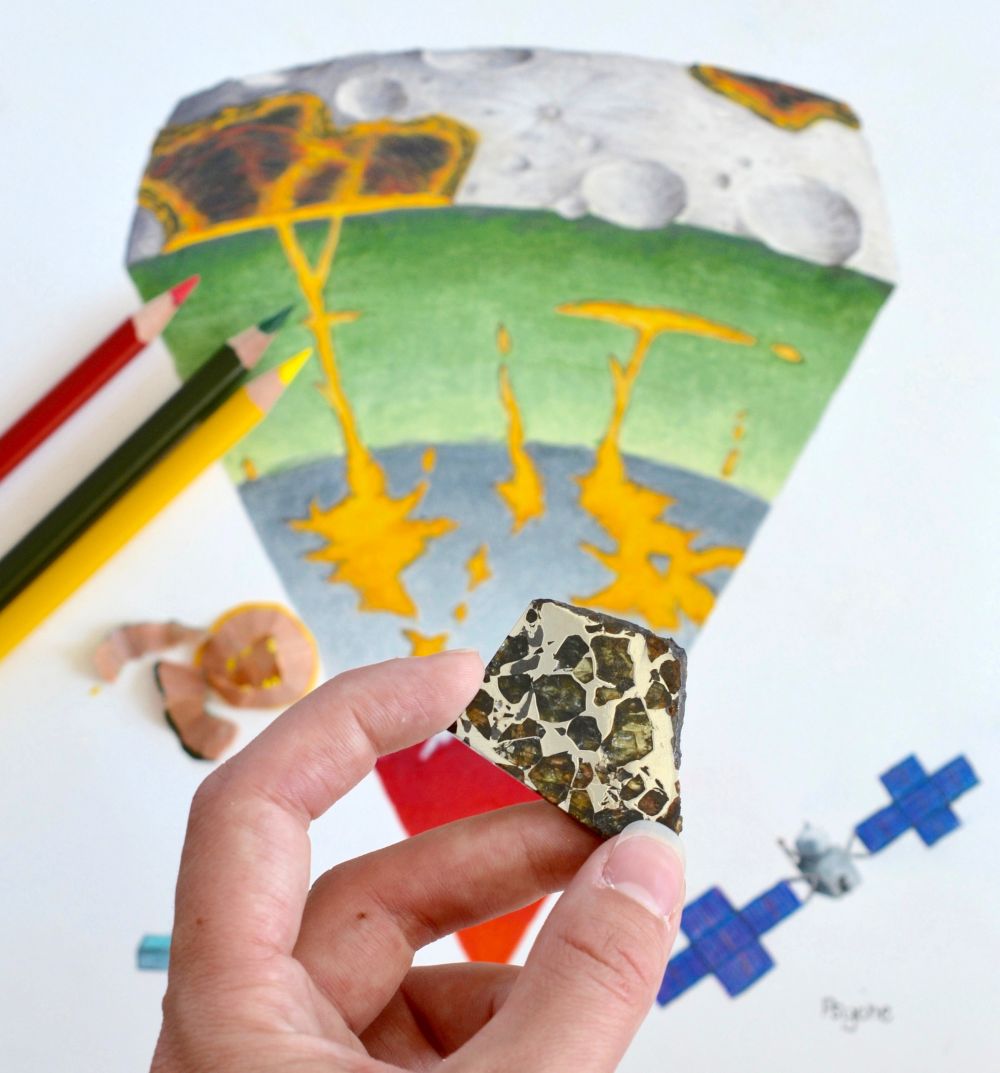In 2019, amateur astronomer Gennadiy Borisov discovered a comet, which now bears his name. There’s a long history of amateur astronomers discovering comets, as they approach our inner Solar System on their elongated orbits. But this one was different: it was moving much too fast to be gravitationally bound to the Sun.
It was an interstellar comet. And now, it looks like it has split into two chunks.
Continue reading “Interstellar Comet 2I/Borisov Appears to Have Broken in Half”
